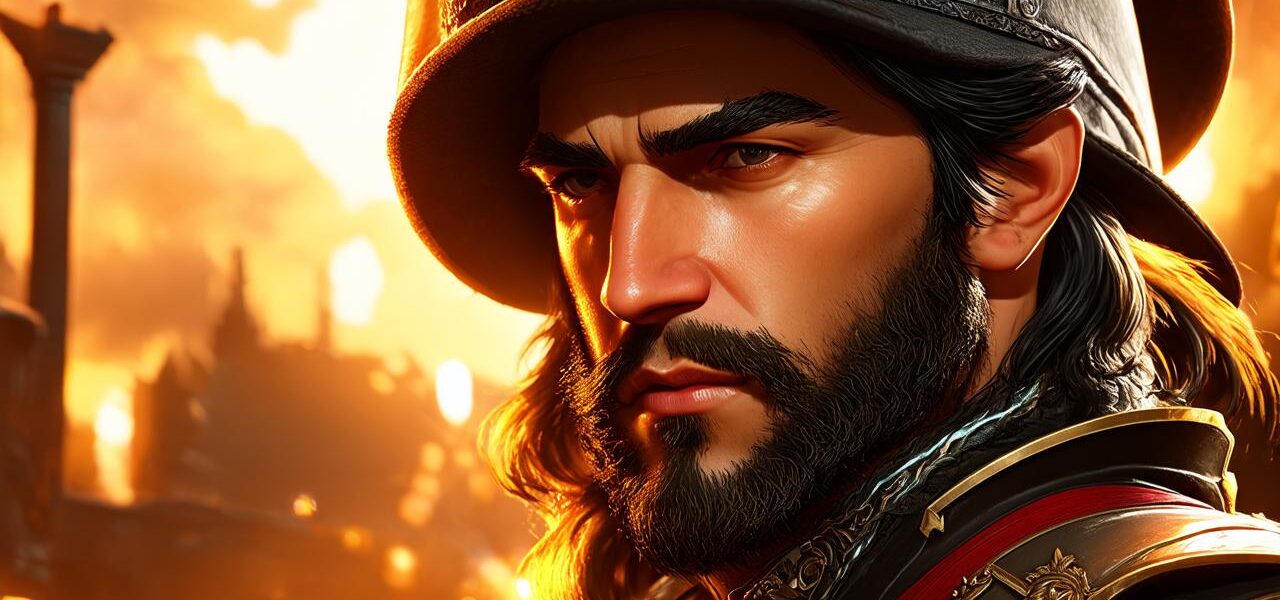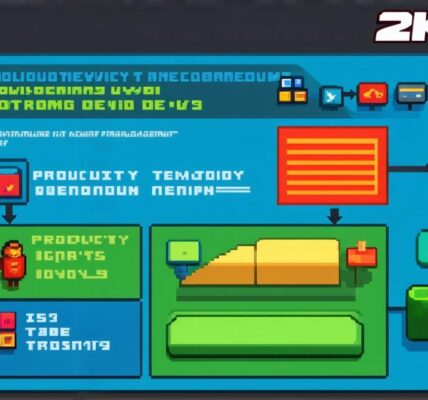Understanding the Art Process
Before diving into the nitty-gritty details of video game art creation, it’s important to understand the overall process of creating art. The art process typically involves several stages, including conceptualization, sketching, modeling, texturing, lighting, and rendering. Each stage is crucial in bringing a piece of artwork to life, and understanding each stage will help you create better video game art.
Conceptualization
In this stage, the artist comes up with an idea for the artwork. They may be given specific instructions or allowed to use their creativity to come up with something unique. The concept should be clear and well-defined, so that the subsequent stages of art production are easier to execute.
Sketching
Once a concept has been established, the artist creates a rough sketch to establish the basic composition of the artwork. This stage allows for any major changes or adjustments to be made before moving on to more detailed stages of production.

Modeling
In this stage, the artist creates a 3D model of the artwork using specialized software. The model should be highly detailed, with every aspect of the artwork accounted for.
Texturing
Texturing is the process of applying materials and colors to the 3D model. This gives the artwork a sense of depth and realism, making it more engaging for players.
Lighting
Lighting is crucial in creating an immersive gaming experience. It helps to establish mood, tone, and atmosphere in the game world. Proper lighting can make a simple scene feel dark and foreboding or create a sense of warmth and comfort.
Rendering
Rendering is the process of generating a 2D image from the 3D model. This stage involves applying textures, lighting, and other effects to the model, creating a final image that can be used in the game.
Real-Life Examples of Stunning Video Game Art
To help you better understand the process of creating stunning video game art, let’s take a look at some real-life examples of exceptional artwork from popular games.
The Witcher 3: Wild Hunt
This game features incredible artwork that brings its medieval fantasy world to life. The artwork is highly detailed and immersive, with each character and environment meticulously crafted. The use of lighting and color adds depth and emotion to the artwork, creating an engaging gaming experience.
Uncharted
The art in this game is highly stylized and cinematic, with dynamic camera angles and detailed environments that draw players into the story. The use of lighting and color helps to create a sense of tension and urgency, adding to the overall excitement of the game.
Red Dead Redemption 2
This game features stunning artwork that brings the wild west to life. The art is highly detailed, with each character and environment meticulously crafted. The use of lighting and color adds depth and emotion to the artwork, creating an engaging gaming experience.
Best Practices for Creating Video Game Art
Now that we’ve seen some real-life examples of stunning video game art let’s discuss best practices for creating your own.
Start with a Clear Concept
A clear concept is essential for creating successful video game art. Before beginning the art process, make sure you have a well-defined idea of what you want to achieve. This will help guide the entire process and ensure that the final product meets your expectations.
Use Reference Material
Using reference material can help you create artwork that accurately represents the world you’re trying to create. This can be anything from concept art to photographs or even real-life objects.




